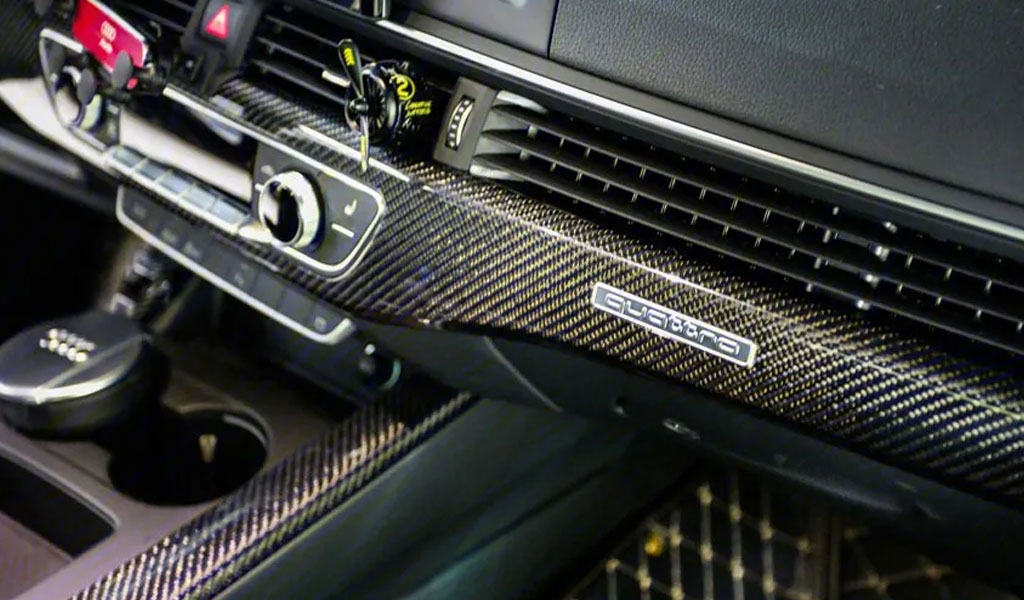
Asphalt is a low-molecular-weight hydrocarbon compound mainly composed of condensed polycyclic aromatic hydrocarbon compounds, some of which contain a small amount of sulfur and oxygen.
Asphalt has a characteristic that the carbon content is more than 70%, so it is often used to make carbon fiber. Carbon fibers made from pitch can be mainly divided into two types, one with lower mechanical properties and the other with particularly good tensile strength.In this article, I will tell you about micro manufacturing pitch-based carbon fiberbasic process flow.
Pitch-based carbon fiber is a composite material that combines pitch and carbon fiber with excellent performance and wide application prospects. Its production process goes through multiple processes, including fiber preparation, impregnation molding, curing and surface treatment.
Fiber Preparation Stage
Carbon fiber is the core material of pitch-based carbon fiber, and its performance directly affects the performance of composite materials. The preparation of carbon fiber generally uses polyacrylonitrile (PAN) fiber as raw material, and through a series of processes, such as stretching, carbonization, etc., to form carbon fiber with high strength and high modulus. These carbon fibers are usually in the form of yarn or cloth to facilitate subsequent processing.
Dip Molding Stage
In this step, the prepared carbon fibers are mixed with the asphalt matrix. The asphalt matrix is usually petroleum asphalt, and its viscosity and viscosity can be adjusted through temperature control. In the process, the carbon fiber is first soaked in preheated asphalt to fully impregnate it. The impregnated carbon fiber is then shaped into the desired shape and size by compression molding or injection molding. During the molding process, attention needs to be paid to controlling temperature and pressure to ensure the quality and performance of the composite material.
Solidify
Curing is one of the key steps in the pitch-based carbon fiber production process. After impregnation, the composite material needs to be cured to form a tight bond between the asphalt matrix and the carbon fibers. Curing is usually accomplished by heat treatment, where the formed composite material is heated at high temperatures. During the heating process, volatile compounds in the asphalt matrix will be released, and at the same time, the asphalt molecules will undergo cross-linking reactions to form a network structure. This network structure can enhance the strength and hardness of the composite material and improve its heat resistance and corrosion resistance.
Surface Treatment Stage
Surface treatment is to further improve the performance of pitch-based carbon fiber and adapt to specific application environments. Common surface treatment methods include coating with preservatives, surface modification, and surface modification. Coating with anti-corrosion agents can increase the corrosion resistance of composite materials and extend their service life. Surface modification can improve the interfacial compatibility of composite materials and increase their strength and toughness. Surface modification can make composite materials have special functions, such as increasing optical effects or electrical conductivity properties.
The production process of pitch-based carbon fiber goes through multiple processes, including fiber preparation, impregnation molding, curing and surface treatment. Reasonable control and optimization of these process steps can improve the performance and quality of composite materials, giving them broad application prospects in various fields. In the future, with the continuous development of science and technology, the production process of pitch-based carbon fiber will continue to improve and innovate, making greater contributions to the development of materials science and engineering technology.
The pitch base used to make carbon fibers needs to meet several conditions. First of all, the pitch fiber must have good spinning rheological properties and chemical activity, because after spinning, if the fiber is not melted, it needs to undergo chemical reaction. If the chemical activity of the pitch is too poor, it cannot be well completed. this step. It must then have the chemical structure, relative molecular mass and distribution required for the mechanical properties of the pitch fiber. In order to make qualified asphalt, its chemical composition must be continuously adjusted.
In addition, pitch is in a molten state, unlike general polymers. It cannot be stretched after curing, the strength is not high, and it is relatively fragile. Therefore, when spinning, the diameter of the filament is required to be less than 15 μm, so as to improve the strength.
In order to prevent the pitch fiber from melting during carbonization, it must be treated without melting before carbonization. There are two methods, gas-phase oxidation and liquid-phase oxidation. Vapor-phase oxidation is carried out in oxidizing gases such as ozone and sulfur trioxide, while liquid-phase oxidation is carried out in oxidizing gases such as sulfuric acid and hydrochloric acid. In this way, more satisfactory pitch-based carbon fibers can be produced. Pitch-based carbon fiber is mostly used to make carbon fiber parts with high performance requirements, and has irreplaceable value in the market.
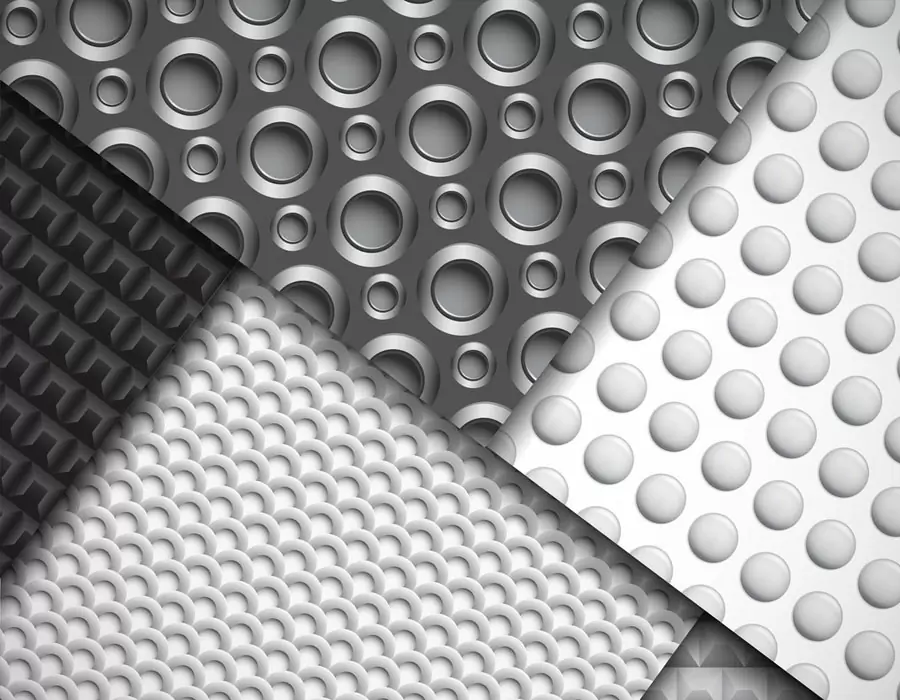
ISO 9001 certified. BE-CU Prototype Offering CNC machining carbon fiber and other manufacturing services for carbon fiber marterial. Various capabilities include notching, labeling, drilling carbon fiber, grinding, laser cutting carbon fiber, finishing, plating, marking, CNC milling carbon fiber and turning carbon fiber.We stock high quality 3k carbon fiber sheet in a variety of thickness, types and finish. Its a great material used in applications where light weight and strength are needed such as drones. Unlike other workshops, we have no min order and are often filling orders with a single part. We also don’t make you pay for the full sheet and you only get charged for what is used. With a large selection of material, you should find everything you need to make your project come to life. We are also able to handle larger production runs and provide a competitive pricing. If we don’t have the material or finish you require, we are more the willing to look at bringing it in for you.
What Is Carbon Fiber?Carbon fiber is made of polyacrylonitrile (PAN) (or pitch, viscose) and other organic fibers by carbonization (removal of most elements except carbon) by pyrolysis method under inert gas at high temperature above 1,000 °C. Inorganic polymer fibers with a carbon content of more than 90%.
-

3D Printing Continuous Fibres
-

3D Printing Short Fibre Filled Wires
-
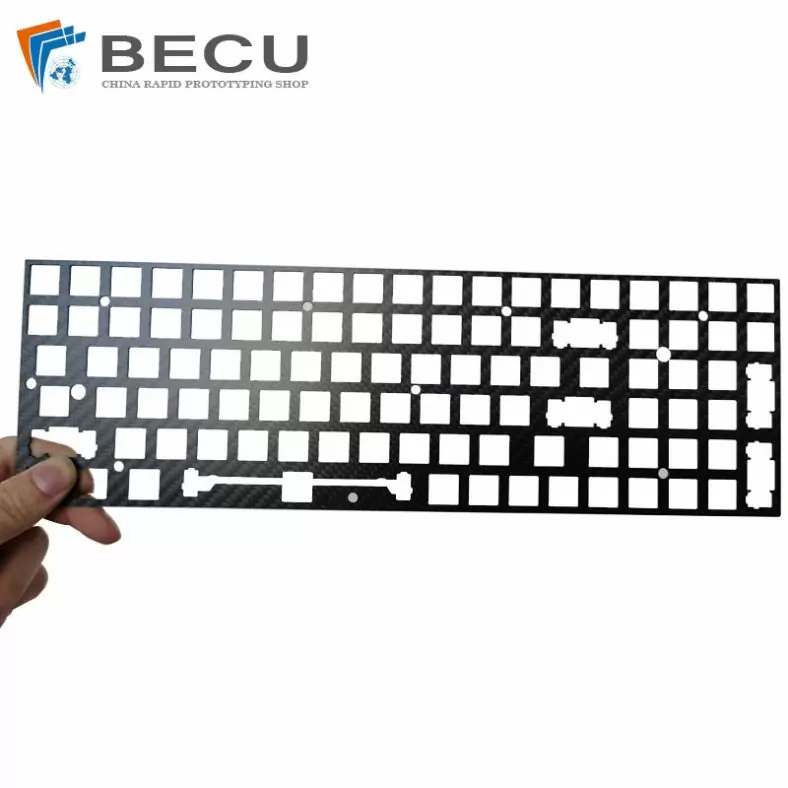
Laser Cutting Carbon Fiber Positioning Keyboard
-

Cnc Turning Industrial Copper-Aluminum Clad Carbon Fiber Machinery Parts
-
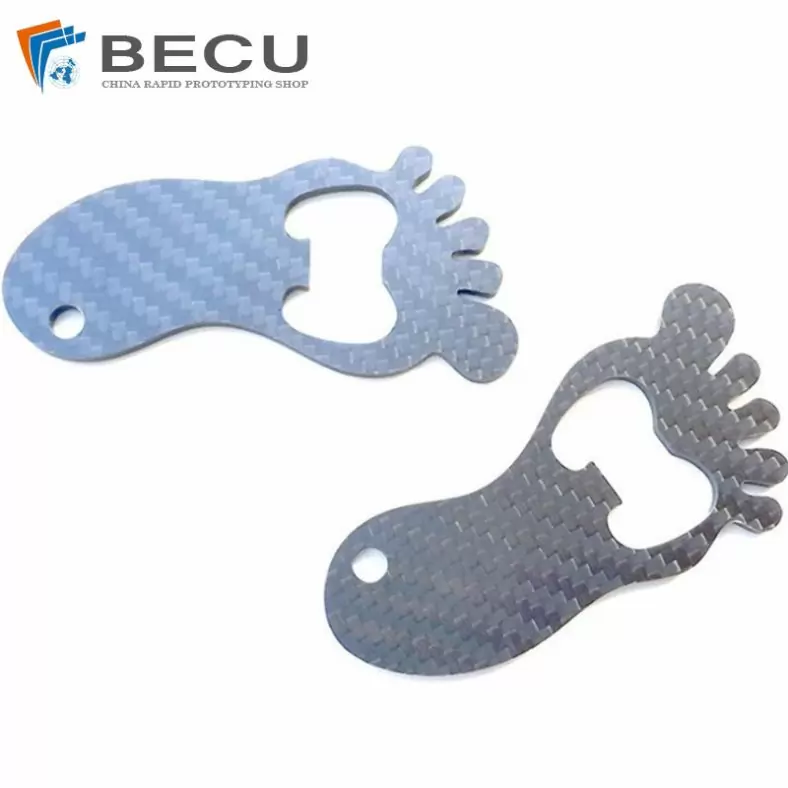
Carbon Fiber Luggage Tag Ornaments
-
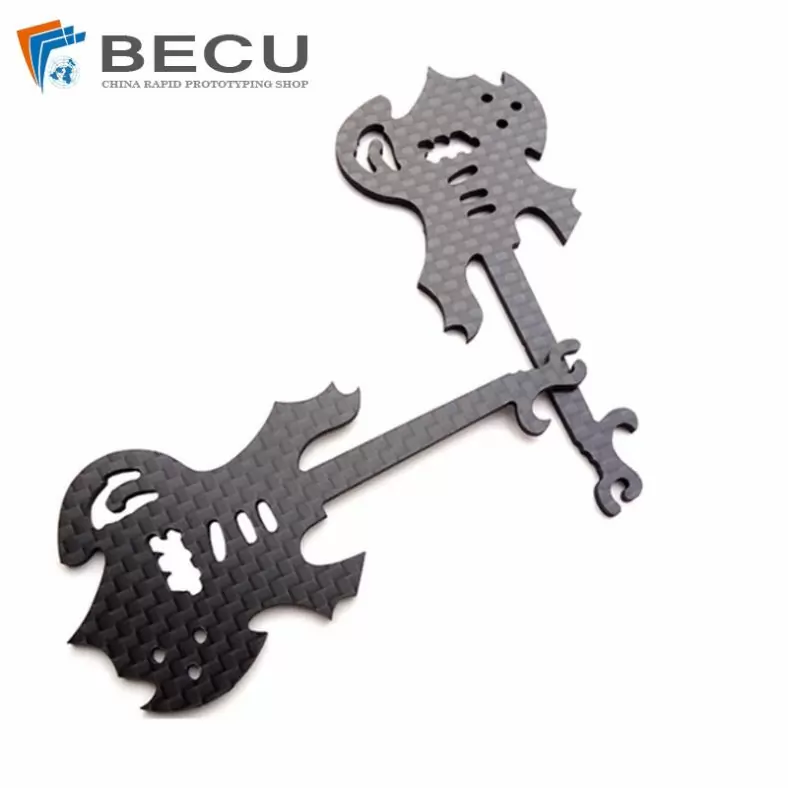
Laser Cutting Carbon Fiber Guitar Shape Crafts
-
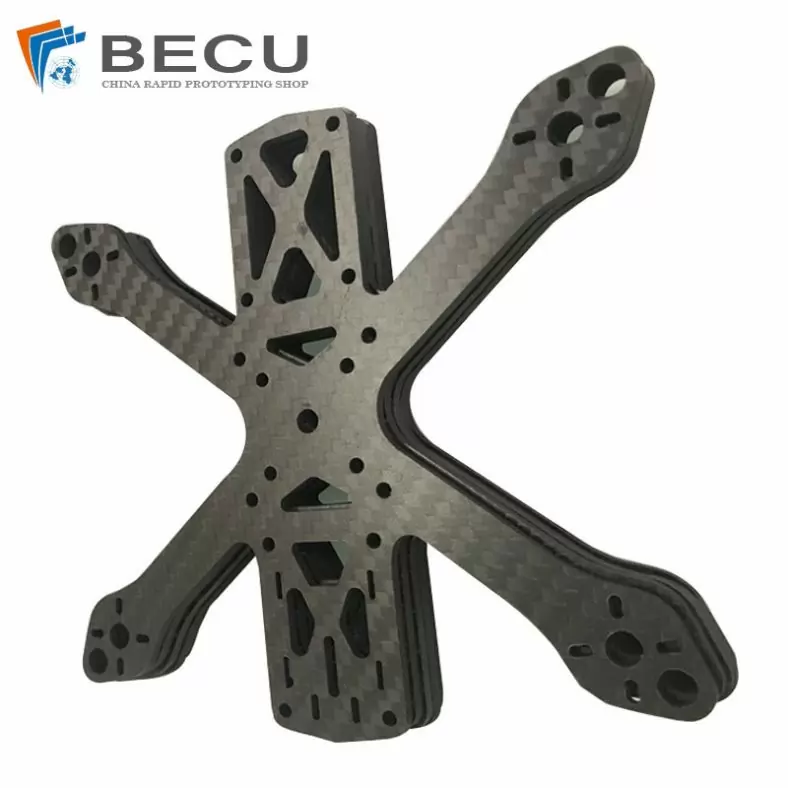
Laser Cutting Carbon Fiber Drone Rack
-
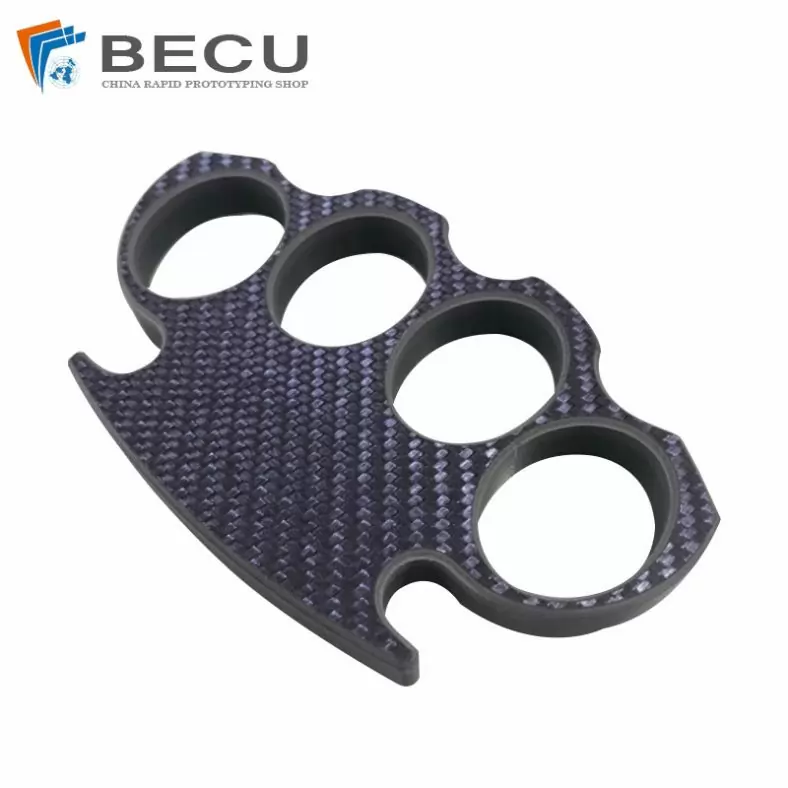
Cnc Milling Carbon Fiber Finger Buckle
